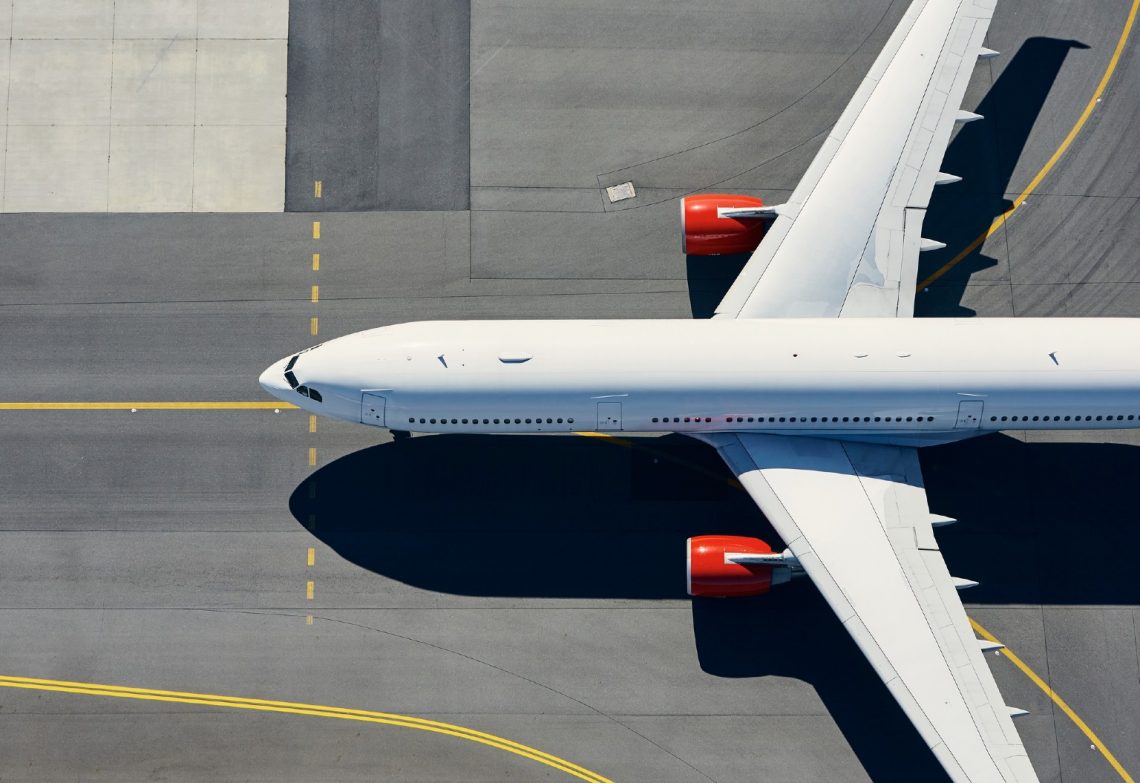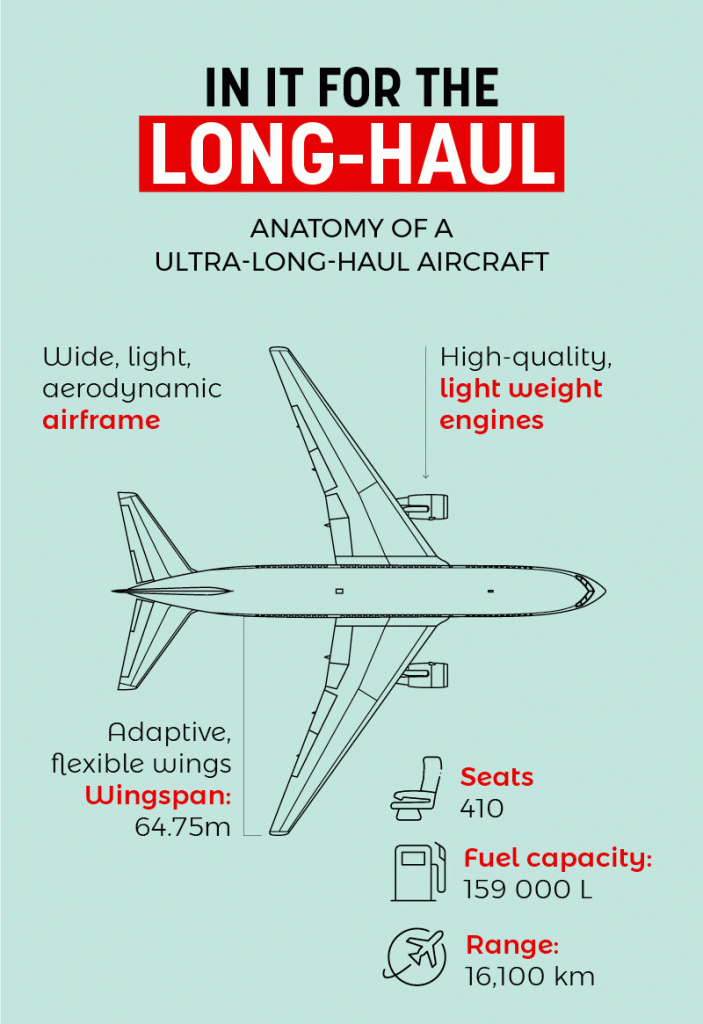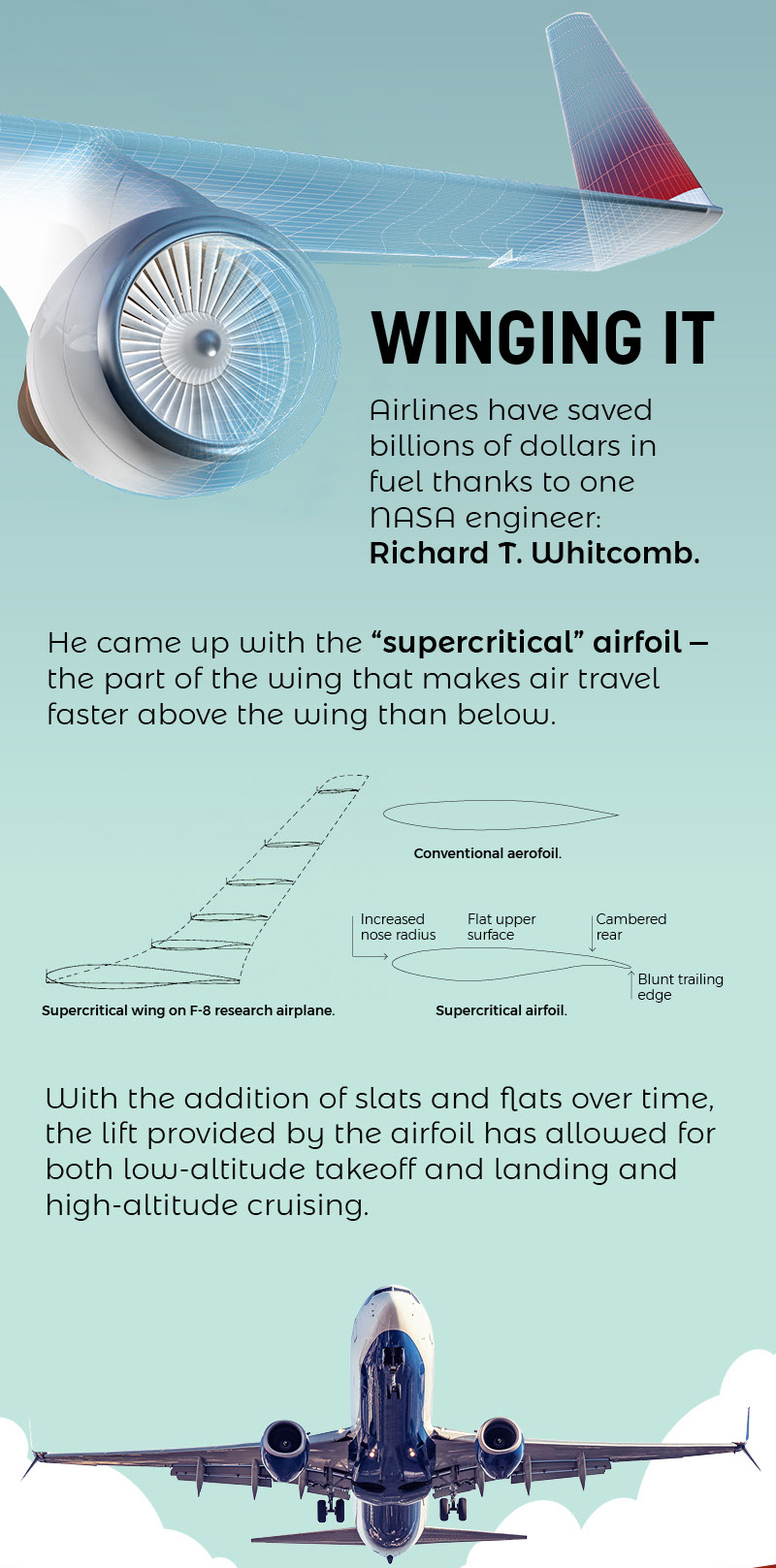In it for the long-haul: The evolution of long-haul aircraft design


When the Wright brothers designed and built the first aeroplane in 1903 it had a wingspan of 12 m, length of 6.43 m and a top speed of 48 km/h. To put that into comparison, the new Airbus A350-1000 jets measure just under 74 m, have a wingspan of 64.75 m and a top speed of 1,099 km/h. Aerospace engineering has come a long way since the Wright flyer took flight.
From the design and development of airfoils, twin-engines and composite materials, create maps the key moments in aerospace engineering that have enabled long-haul flights as we know them today.




create tells the stories behind the latest trends, innovations and people shaping the engineering profession. Through our magazine, website, enewsletters and social media, we spread the word about all the ways engineers help create the world around us.
Hopefully the composite carbon fibre materials in the airframe structure under torsion and fatigue stresses will not suffer the same fate as many of the maxi yacht masts made of similar (?) material.
The engine plays an important role in determining whether the plane can go beyond its limitation, the aircraft design and the materials used are of utmost importance in fuel-saving for a long haul flight. The composite carbon fibre materials in the aircraft structure are likely to be the best and they should work fine and hopefully would be able to withstand pressure and fatigue while in the air.